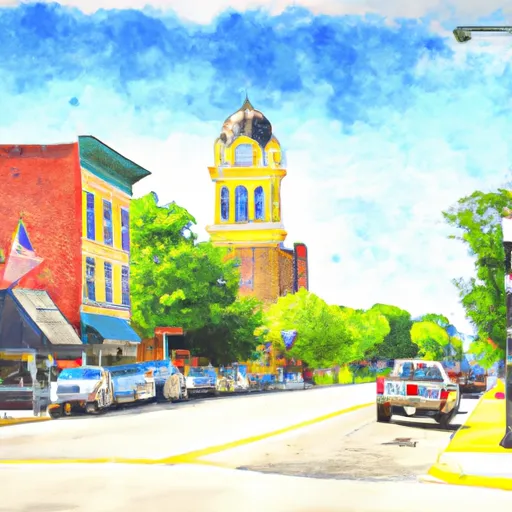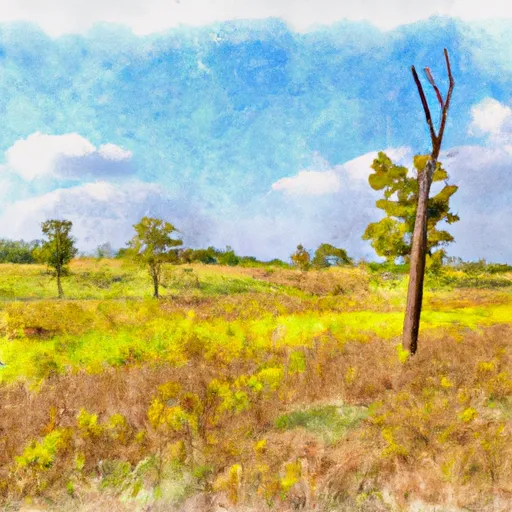°F
°F
mph
Windspeed
%
Humidity











Manilla, Iowa is a small town located in the western part of the state. It experiences a humid continental climate, characterized by hot summers and cold winters. Average high temperatures range from the mid-80s in summer to the low 30s in winter, while average low temperatures range from the mid-60s to the low teens.
In terms of hydrology constituents, Manilla is situated near the West Nishnabotna River. This river provides a water source for the town and offers opportunities for outdoor activities such as fishing and boating. The river is home to various fish species, including catfish, bass, and carp, attracting fishing enthusiasts.
For outdoor recreation, Manilla and its surrounding areas provide ample opportunities. The town boasts several parks and green spaces where residents and visitors can enjoy activities like picnicking, hiking, and nature walks. Additionally, the nearby West Nishnabotna River offers recreational opportunities for canoeing and kayaking.
In summary, Manilla, Iowa experiences a humid continental climate with hot summers and cold winters. The town benefits from its proximity to the West Nishnabotna River, offering recreational opportunities such as fishing and boating. Additionally, residents and visitors can enjoy outdoor activities in the town's parks and green spaces.
Weather Forecast
Manilla receives approximately 820mm of rain per year, with humidity levels near 84% and air temperatures averaging around 9°C. Manilla has a plant hardyness factor of 5, meaning plants and agriculture in this region thrive during a short period during spring and early summer. Most plants will die off during the colder winter months.
Regional Streamflow Levels
149
Cubic Feet Per Second
83
Cubic Feet Per Second
165
Cubic Feet Per Second
58
Cubic Feet Per Second
Nearby Camping
| Camping Area | Reservations | Toilets | Showers |
|---|---|---|---|
| Botna Bend County Park | |||
| Cold Spring Park | |||
| Lyons Park | |||
| Carson City Park | |||
| Pilot Grove Co Park | |||
| Cocklin Fish Farm |



